Kicking and screaming all the way
It has always been impossible for me to think about my favorite writers without imagining them hunched over manuscripts, their brains filled with plots, characters, and climaxes, as words, words, words flowed smoothly from the tips of their fingers to the tips of their pens.
I know that John Steinbeck did much of his writing on a yellow lined notepad with a pencil and eraser; that Charlotte Bronte wrote with a pencil in cramped, tiny handwriting on loose scraps of paper; and that Charles Dickens wrote with a “continuous provision” of ink and quill pens.
When I look back at my own early work, though, I have absolutely memory of how it came about. Manuscripts in my files indicate that I wrote my first drafts with a pencil or ballpoint pen and then typed them on plain white paper using a typewriter – but it must have been a typewriter that I didn’t own.
I decided that I wanted to be a writer when I was seventeen years old. Way back then, I idolized all writers, and I loved to read about them on the jacket flaps of their books.
What exciting lives they led!

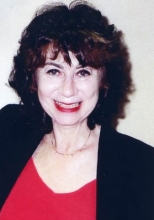

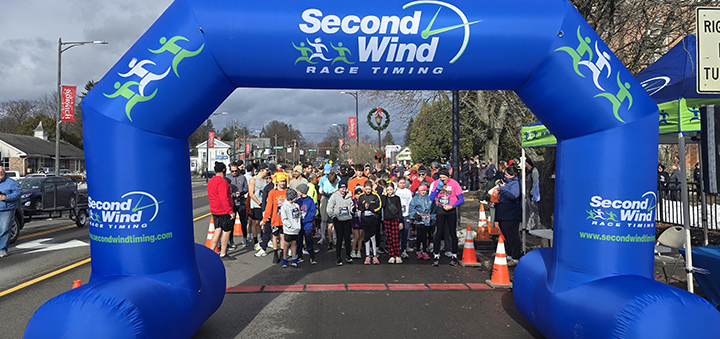

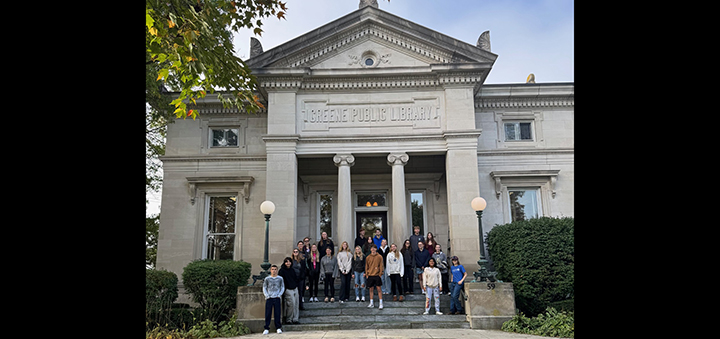
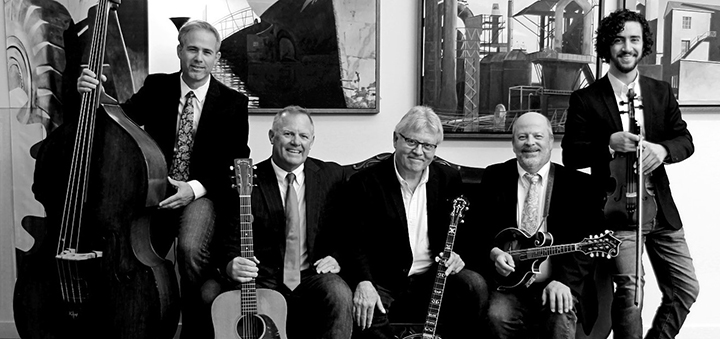
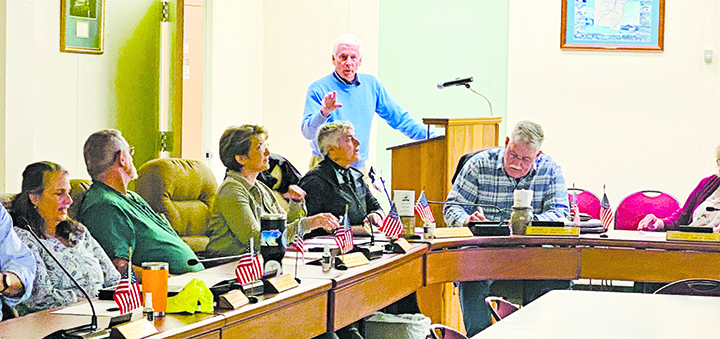


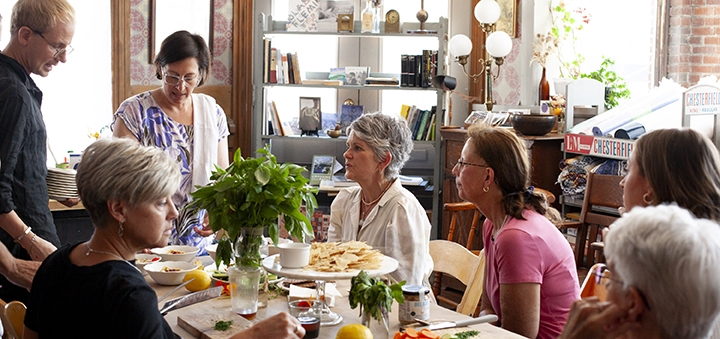
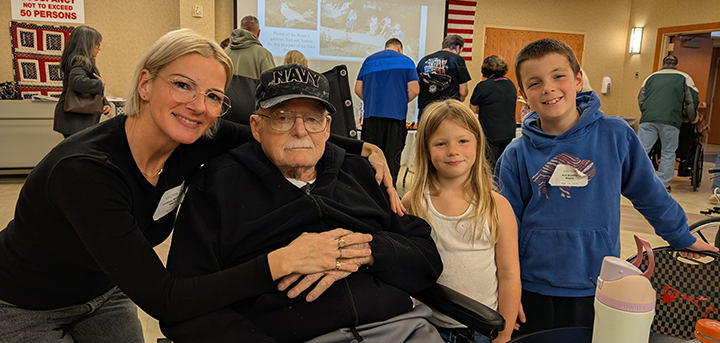
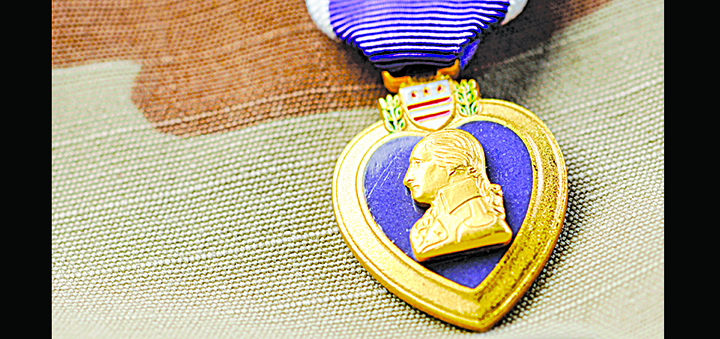

Comments